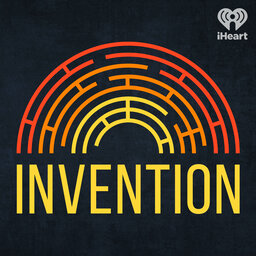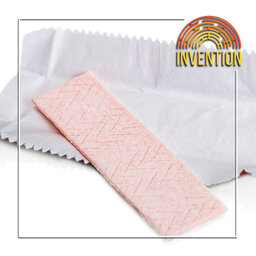Bread/Toast/Toasters
Who invented toast? Who then went on to invent the toaster? In this episode of Invention, Robert and Joe chase the origins of bread transformed through the Maillard reaction and consider the origins of the specialized mini-oven we use to do it.
Learn more about your ad-choices at https://www.iheartpodcastnetwork.com
 Invention
Invention


